Home>Gardening & Outdoor>Outdoor Structures>How Big Can I Build A Shed
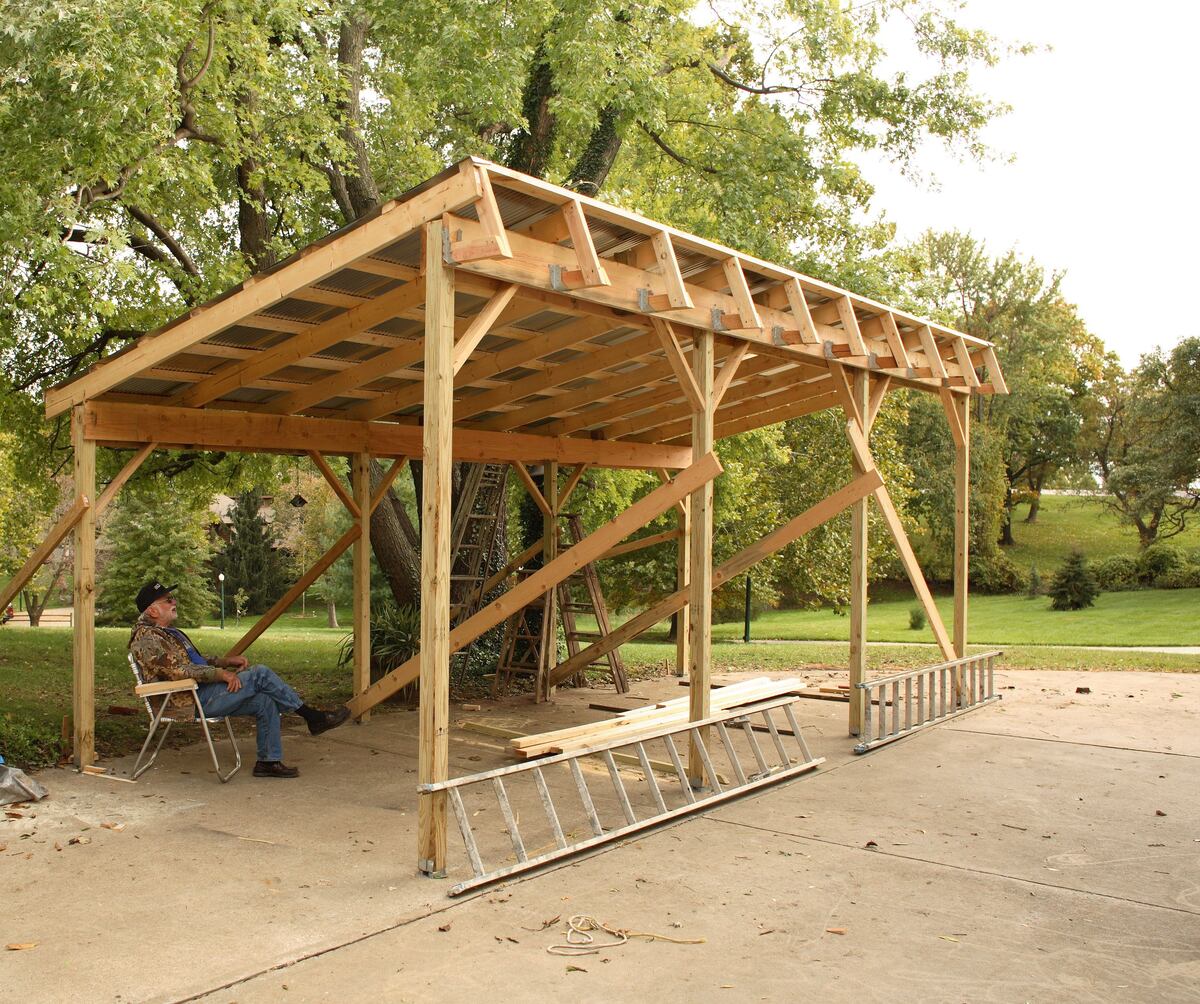

Outdoor Structures
How Big Can I Build A Shed
Published: January 19, 2024
Discover the regulations and guidelines for building a shed on your property. Learn how to maximize the size of your outdoor structure within legal limits.
(Many of the links in this article redirect to a specific reviewed product. Your purchase of these products through affiliate links helps to generate commission for Storables.com, at no extra cost. Learn more)
**
Introduction
**
So, you're considering adding a shed to your property. Whether it's for extra storage, a workshop, or a place to pursue your hobbies, a shed can be a valuable addition to your outdoor space. However, before you start planning the size and design of your dream shed, it's crucial to understand the regulations and restrictions that may impact your project.
In this comprehensive guide, we'll delve into the important factors that dictate how big you can build a shed. From local building codes and zoning restrictions to permit requirements and special considerations for large sheds, we'll cover everything you need to know to make informed decisions and ensure compliance with the relevant regulations. Let's embark on this enlightening journey to unlock the secrets of maximizing your shed's size within the bounds of the law.
Key Takeaways:
- Know the Rules
Before building a shed, research local building codes and zoning regulations to understand size limitations, setbacks, and permit requirements. Adhering to these rules ensures a smooth and compliant construction process. - Size Matters
Consider the impact of shed size on aesthetics, safety, and functionality. Understanding regulations and special considerations for large sheds empowers responsible and harmonious construction within your community.
Local Building Codes and Regulations
When it comes to constructing a shed, local building codes and regulations play a pivotal role in determining the permissible size. These codes, established by your city or county, outline the requirements and standards for various aspects of construction, including shed dimensions, materials, foundation, and structural integrity.
Before embarking on your shed project, it’s essential to research and familiarize yourself with the specific building codes and regulations in your area. You can typically access this information through your local building department or official government websites. Pay close attention to the prescribed size limitations for accessory structures, such as sheds, as exceeding these limits can lead to potential legal repercussions and the need for costly modifications.
Furthermore, building codes often dictate the minimum distance required between the shed and property lines, existing structures, and easements. These setback requirements are designed to ensure safety, prevent overcrowding of properties, and maintain the aesthetic and functional integrity of the neighborhood.
By adhering to local building codes and regulations, you not only avoid potential fines and legal issues but also contribute to the overall safety and harmony of your community. Before finalizing your shed’s design and size, consult the relevant authorities or a qualified professional to confirm compliance with the applicable regulations.
Zoning Restrictions
Aside from local building codes, zoning restrictions exert a significant influence on the size of sheds that can be constructed on a property. Zoning regulations, established by municipal authorities, govern the use of land within specific zones or districts, such as residential, commercial, or industrial areas. These regulations aim to control the development and usage of land to maintain a cohesive and functional community environment.
When it comes to sheds, zoning restrictions often stipulate the allowable size, height, and location of accessory structures within residential zones. These limitations are intended to preserve the character of residential neighborhoods, prevent overcrowding, and safeguard the privacy and well-being of residents.
Prior to commencing your shed project, it’s crucial to ascertain the zoning classification of your property and understand the associated restrictions. This information can typically be obtained from your local planning or zoning department. By familiarizing yourself with the specific zoning regulations governing accessory structures, you can make informed decisions regarding the size and placement of your shed while ensuring compliance with the applicable rules.
Furthermore, zoning restrictions may encompass aesthetic considerations, such as the architectural style and exterior finish of sheds visible from public rights-of-way. Some jurisdictions require sheds to harmonize with the principal dwelling in terms of design, color, and materials to maintain the visual coherence of the neighborhood.
By aligning your shed plans with the zoning restrictions, you not only fulfill legal requirements but also contribute to the preservation of a balanced and visually appealing community landscape. Be sure to review the zoning regulations pertinent to your property and engage with the relevant authorities to navigate any potential constraints and optimize the size and design of your shed within the established parameters.
Size Limitations
When determining the size of a shed, it’s essential to consider the specific limitations imposed by local regulations and zoning requirements. The permissible size of a shed can vary significantly depending on the jurisdiction and zoning classification of the property.
Typically, residential areas have explicit restrictions on the maximum footprint, height, and overall size of accessory structures, including sheds. These limitations are designed to maintain the visual and spatial harmony of neighborhoods, prevent encroachment on neighboring properties, and ensure that the primary residential use of the land remains the focal point.
While the exact size limitations for sheds can differ from one locality to another, it’s common for regulations to specify the maximum square footage or footprint that a shed can occupy. Additionally, height restrictions may be in place to prevent oversized structures from overshadowing neighboring properties or detracting from the overall aesthetic appeal of the area.
Before finalizing the dimensions of your shed, it’s imperative to consult the relevant ordinances and regulations to ascertain the precise size limitations applicable to your property. By adhering to these restrictions, you can avoid potential legal complications and costly modifications while ensuring that your shed project aligns with the established guidelines.
Furthermore, understanding the size limitations allows you to optimize the design and functionality of your shed within the prescribed parameters. Whether it’s crafting a spacious storage haven or a versatile workshop, working within the defined size constraints empowers you to create a valuable addition to your property that complies with the regulatory framework.
By embracing the size limitations as a guiding factor in your shed planning, you can embark on a well-informed and compliant construction journey, ultimately enhancing the appeal and functionality of your outdoor space while respecting the regulations that shape the built environment.
Before building a shed, check local building codes for size restrictions. Typically, sheds can be up to 120 square feet without a permit, but this varies by location.
Setbacks and Easements
Setbacks and easements are critical elements that significantly influence the size and placement of sheds on a property. Setbacks refer to the minimum distances required between the shed and property lines, neighboring structures, and easements, such as utility or drainage corridors. These setbacks are established through local zoning regulations and building codes to ensure safety, accessibility, and the preservation of property boundaries.
Before embarking on a shed construction project, it’s crucial to familiarize yourself with the specific setback requirements applicable to your property. By adhering to these regulations, you can avoid potential disputes with neighbors, ensure compliance with local ordinances, and contribute to the overall harmony and safety of your community.
Additionally, easements, which grant authorized entities the right to use or access specific portions of a property for designated purposes, can impact the allowable location and size of sheds. Common easements include those designated for utilities, drainage, and shared access pathways. It’s essential to identify and respect any easements on your property to avoid conflicts and legal complications related to the placement and construction of your shed.
Understanding setbacks and easements enables you to strategically plan the size and location of your shed to align with the regulatory requirements and property boundaries. By integrating these considerations into your shed design, you can navigate potential constraints and optimize the utilization of your outdoor space while upholding legal and practical considerations.
Before finalizing the placement and size of your shed, consult the relevant authorities or a qualified professional to ensure that your plans adhere to setback and easement regulations. By proactively addressing these factors, you can embark on your shed project with confidence, knowing that it harmonizes with the existing property dynamics and regulatory framework.
Permitting Process
When contemplating the construction of a shed, it’s imperative to navigate the permitting process to ensure compliance with local regulations and obtain the necessary approvals for your project. The permitting process, overseen by the local building department or relevant authorities, involves the review of proposed construction plans to verify adherence to building codes, zoning regulations, and other pertinent requirements.
In many jurisdictions, the construction of a shed, especially one exceeding a certain size threshold, necessitates the acquisition of a building permit. This permit serves as official authorization to commence construction and validates that the proposed shed aligns with the established regulations and safety standards.
Before initiating your shed project, it’s essential to research the permitting requirements specific to your location. This may involve submitting detailed plans and specifications for the proposed shed, including its size, design, foundation, and intended use. The permitting process typically entails a review period during which the plans are evaluated to ensure compliance with the applicable regulations.
By engaging with the permitting process proactively, you demonstrate a commitment to constructing your shed in accordance with the governing rules and standards. This not only mitigates the risk of potential legal issues and penalties but also fosters a culture of responsible and conscientious construction within the community.
Furthermore, obtaining the requisite permits for your shed project provides assurance that the construction is conducted in a manner that upholds safety, structural integrity, and regulatory compliance. It also contributes to the overall accountability and professionalism of the construction process, reinforcing the value of adhering to established legal and administrative procedures.
As you embark on the permitting process for your shed, consider consulting with professionals or experienced individuals familiar with the local building regulations. Their insights and guidance can streamline the permitting journey, ensuring that your shed project progresses smoothly and in accordance with the prescribed legal framework.
Special Considerations for Large Sheds
When contemplating the construction of a large shed, several unique considerations come into play, necessitating careful planning and adherence to specific regulations. Large sheds, characterized by expansive dimensions and heightened structural requirements, present distinct challenges and opportunities that warrant thoughtful evaluation.
One of the primary considerations for large sheds pertains to structural stability and compliance with building codes. As the size of the shed increases, so does the importance of ensuring that the structure is engineered to withstand environmental forces, such as wind and snow loads, in accordance with the applicable regulations. Engaging a qualified professional to assess the structural design and integrity of a large shed is often imperative to guarantee its safety and longevity.
Moreover, the permitting process for large sheds may entail additional scrutiny and documentation to validate compliance with heightened safety and construction standards. The submission of detailed engineering plans, structural calculations, and material specifications might be required to obtain the necessary approvals for constructing a large shed.
Another crucial consideration for large sheds involves their impact on the surrounding property and neighborhood. As the size of the shed increases, so does the potential for visual prominence and spatial influence. It’s essential to assess the aesthetic and spatial implications of a large shed within the context of the property, ensuring that it harmonizes with the existing built environment and adheres to any applicable zoning and setback regulations.
Furthermore, the intended use of a large shed can influence its design and regulatory considerations. Whether it’s intended for extensive storage, housing sizable equipment, or serving as a workshop, the functional requirements of a large shed can dictate its design, utility connections, and compliance with specific occupancy or use regulations.
By proactively addressing these special considerations for large sheds, you can navigate the regulatory landscape and construction challenges associated with expansive structures. Engaging with qualified professionals, familiarizing yourself with the specific regulations, and conducting thorough assessments of the structural, aesthetic, and functional aspects can empower you to embark on a large shed project with confidence and compliance.
Conclusion
Embarking on the journey of constructing a shed is an exciting endeavor that holds the potential to enhance the functionality, organization, and appeal of your outdoor space. However, the size of the shed is not solely determined by your preferences and spatial needs; it is intricately intertwined with a web of regulations, codes, and considerations that shape the built environment.
Local building codes and zoning restrictions serve as the guardians of community aesthetics, safety, and property rights, delineating the permissible dimensions and placement of sheds within residential areas. These regulations, often accompanied by size limitations and setback requirements, are designed to maintain the cohesive fabric of neighborhoods and safeguard the well-being of residents.
Navigating the permitting process and embracing special considerations for large sheds are integral facets of the shed construction journey. By proactively engaging with the permitting process, adhering to structural and safety standards, and considering the unique implications of large sheds, you can harmonize your construction aspirations with the regulatory framework, fostering a culture of responsible and compliant construction.
Ultimately, the process of determining how big you can build a shed transcends mere compliance with regulations; it embodies a conscientious and considerate approach to shaping the built environment. By integrating regulatory awareness, structural prudence, and community sensitivity into your shed project, you contribute to the preservation of neighborhood aesthetics, the promotion of safety, and the cultivation of a harmonious living environment.
As you embark on your shed construction odyssey, remember that the size of the shed is not solely a matter of physical dimensions; it is a reflection of your commitment to responsible construction practices and community cohesiveness. By embracing the regulatory tapestry that envelops shed construction, you embark on a path that not only yields a valuable addition to your property but also fosters a culture of conscientious construction within your community.
Frequently Asked Questions about How Big Can I Build A Shed
Was this page helpful?
At Storables.com, we guarantee accurate and reliable information. Our content, validated by Expert Board Contributors, is crafted following stringent Editorial Policies. We're committed to providing you with well-researched, expert-backed insights for all your informational needs.
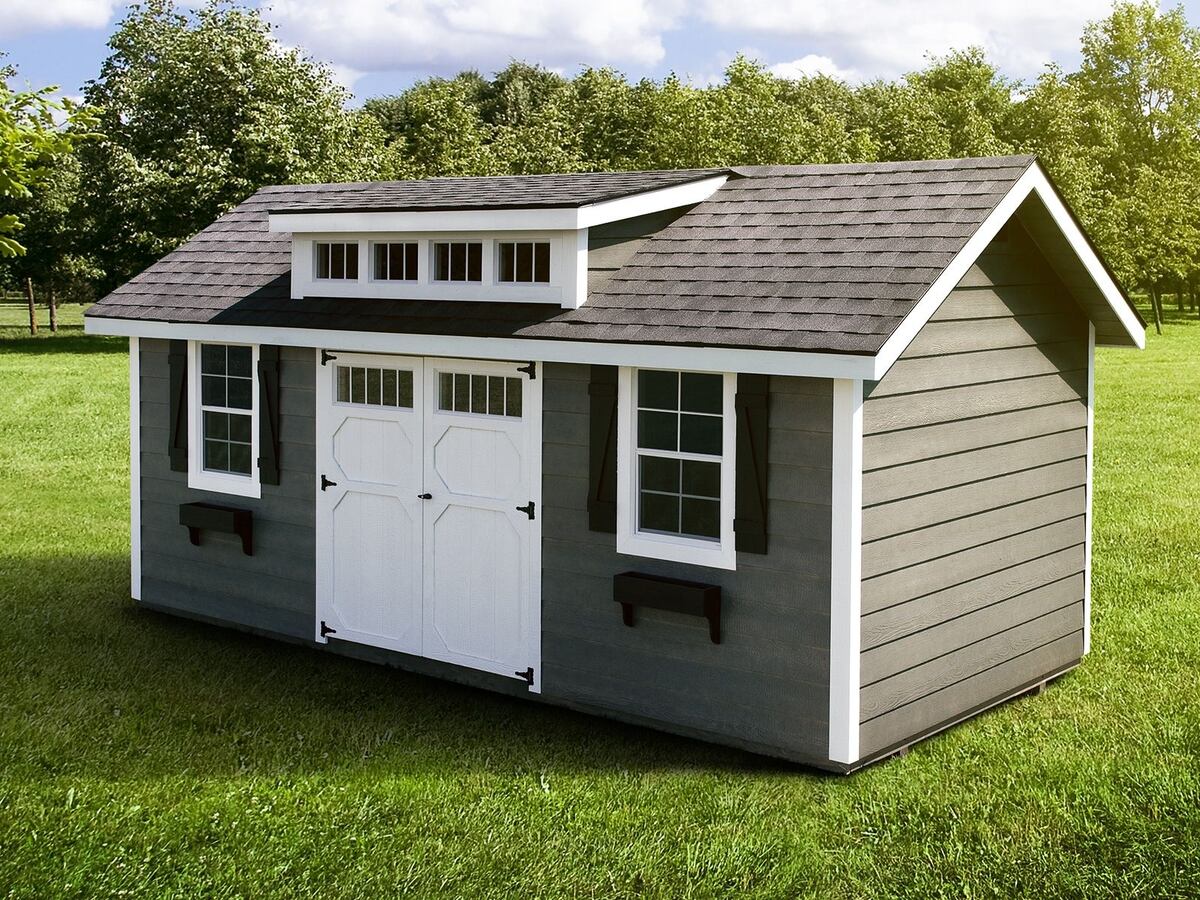
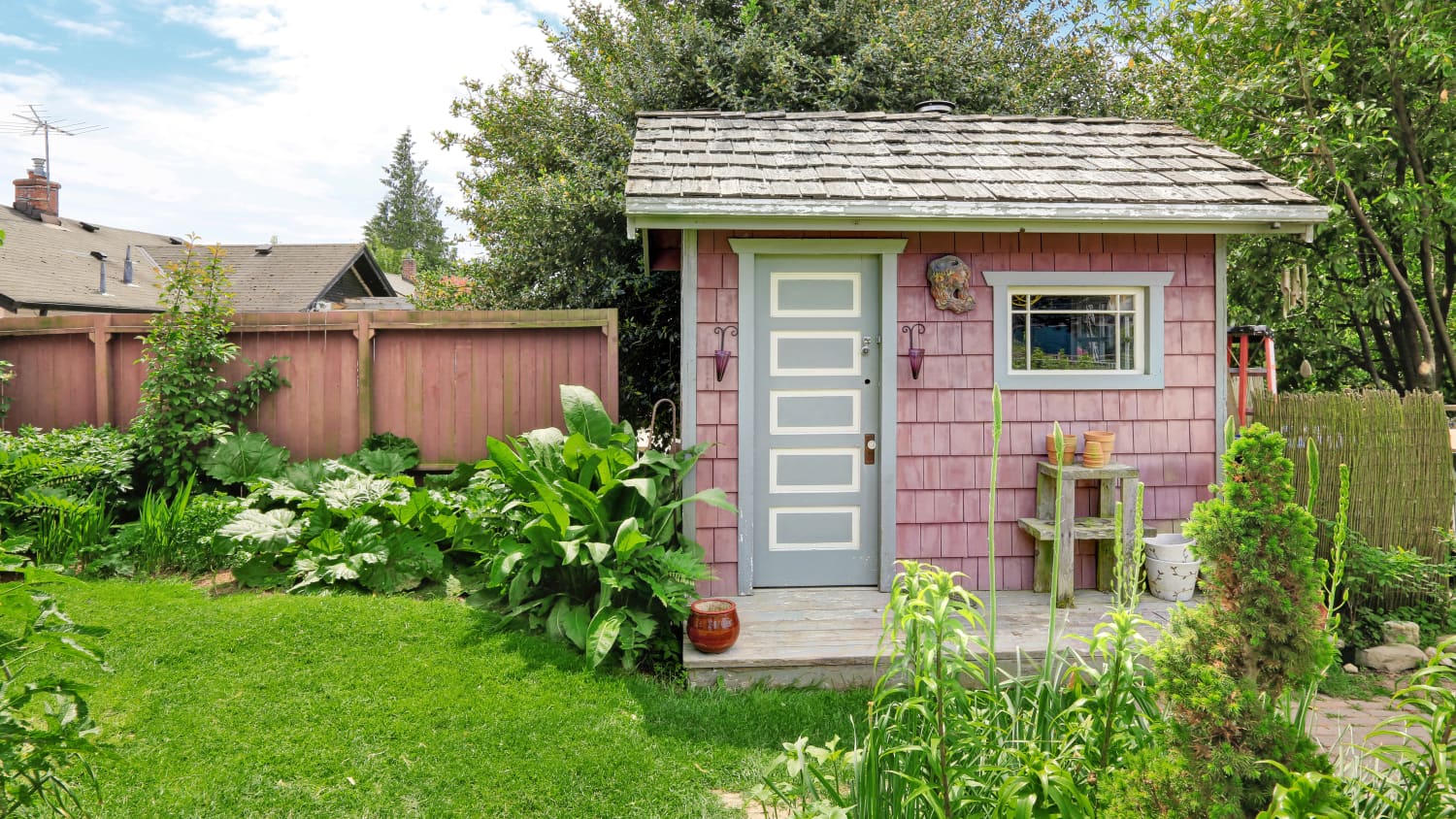

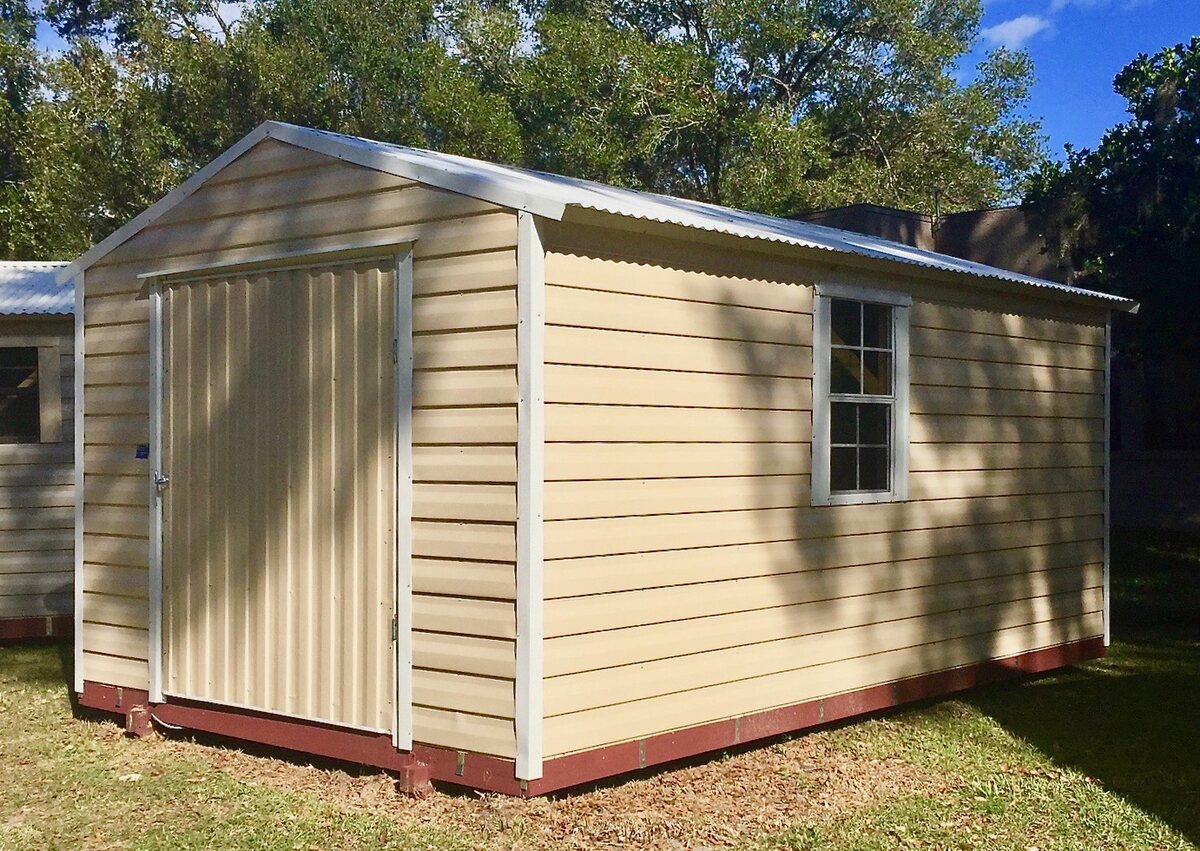
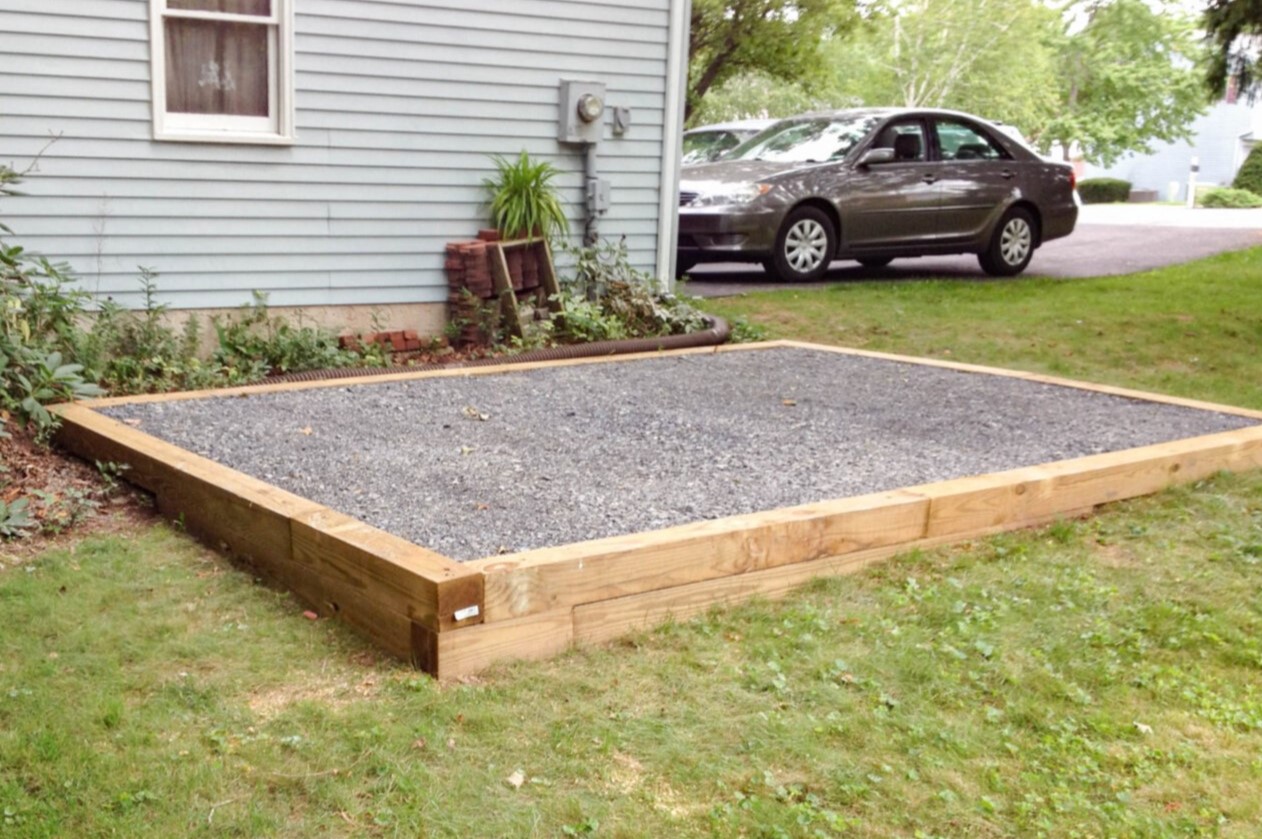

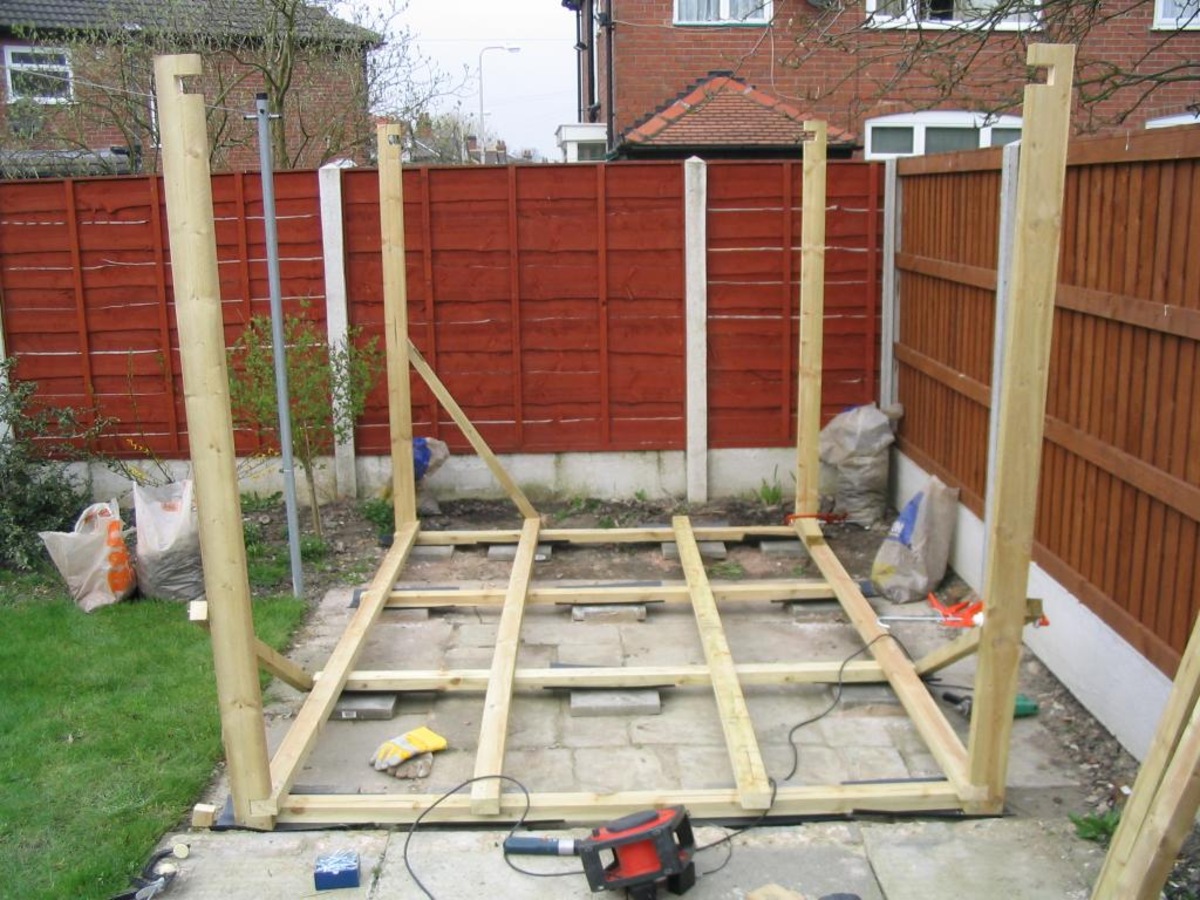
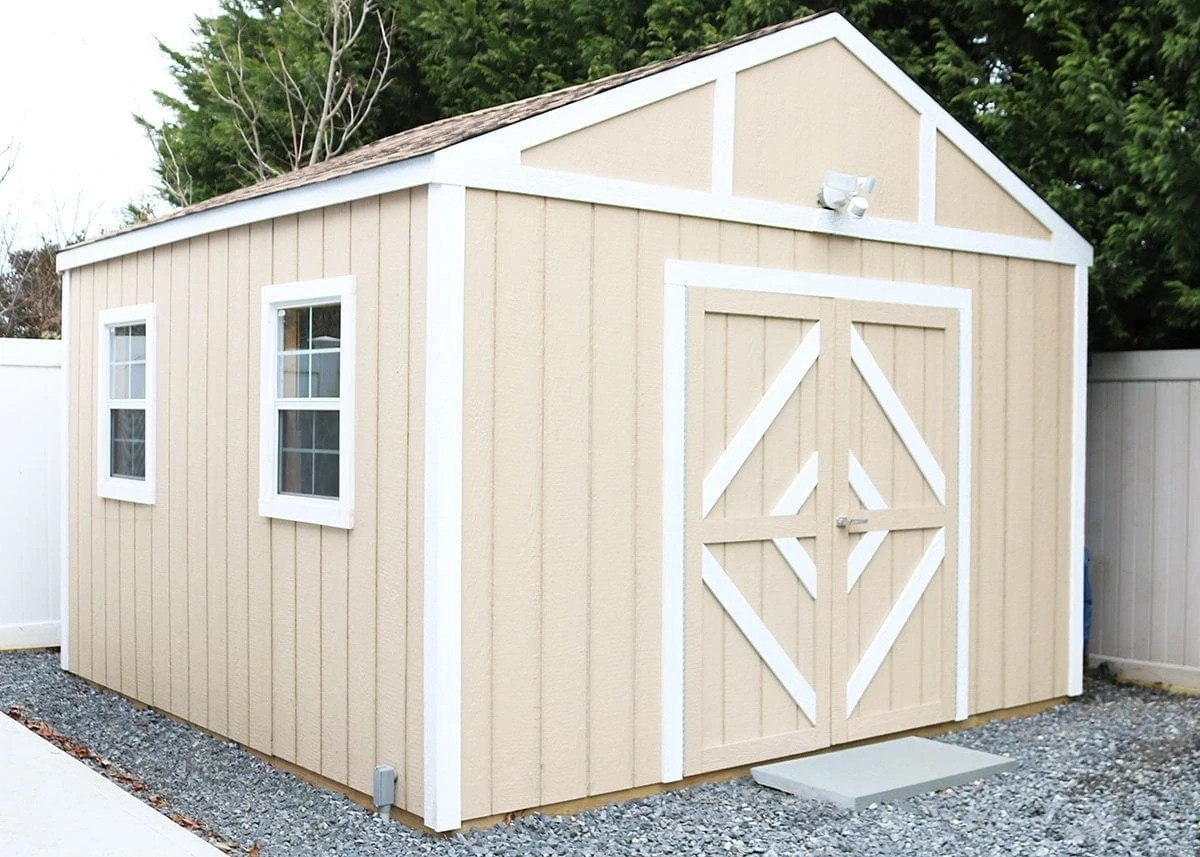
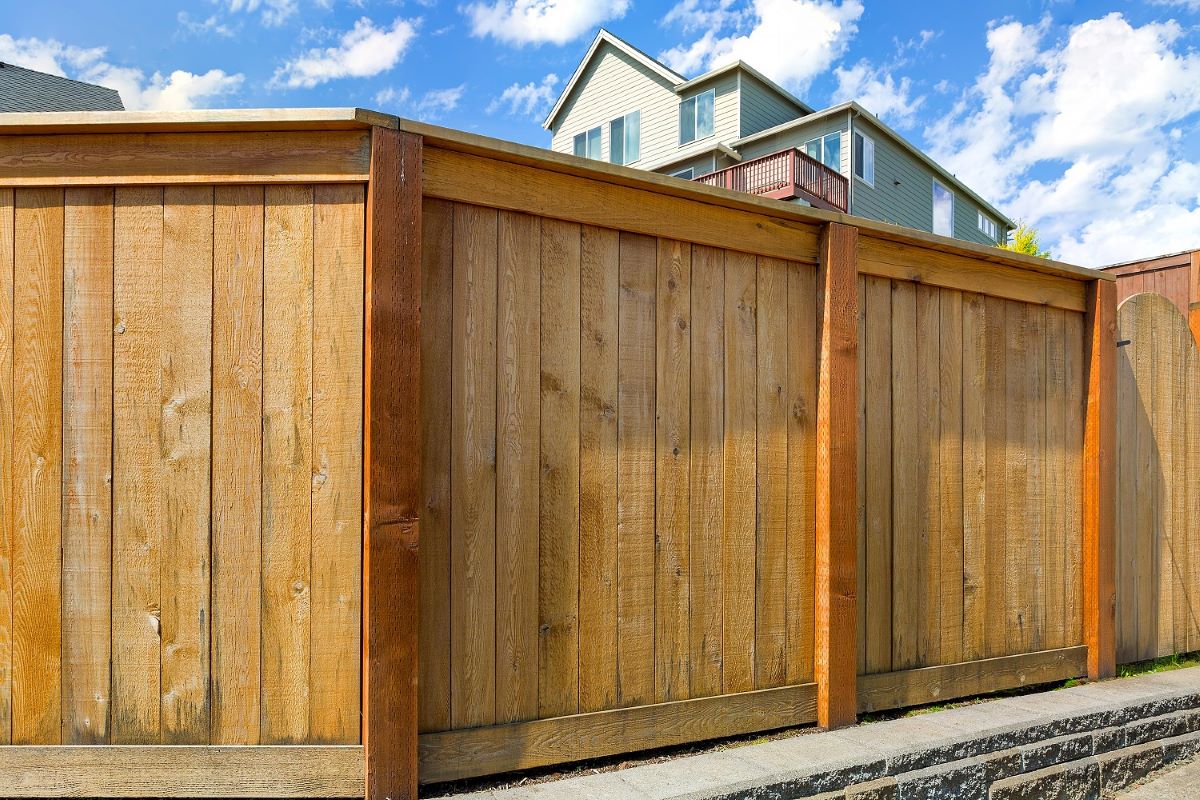


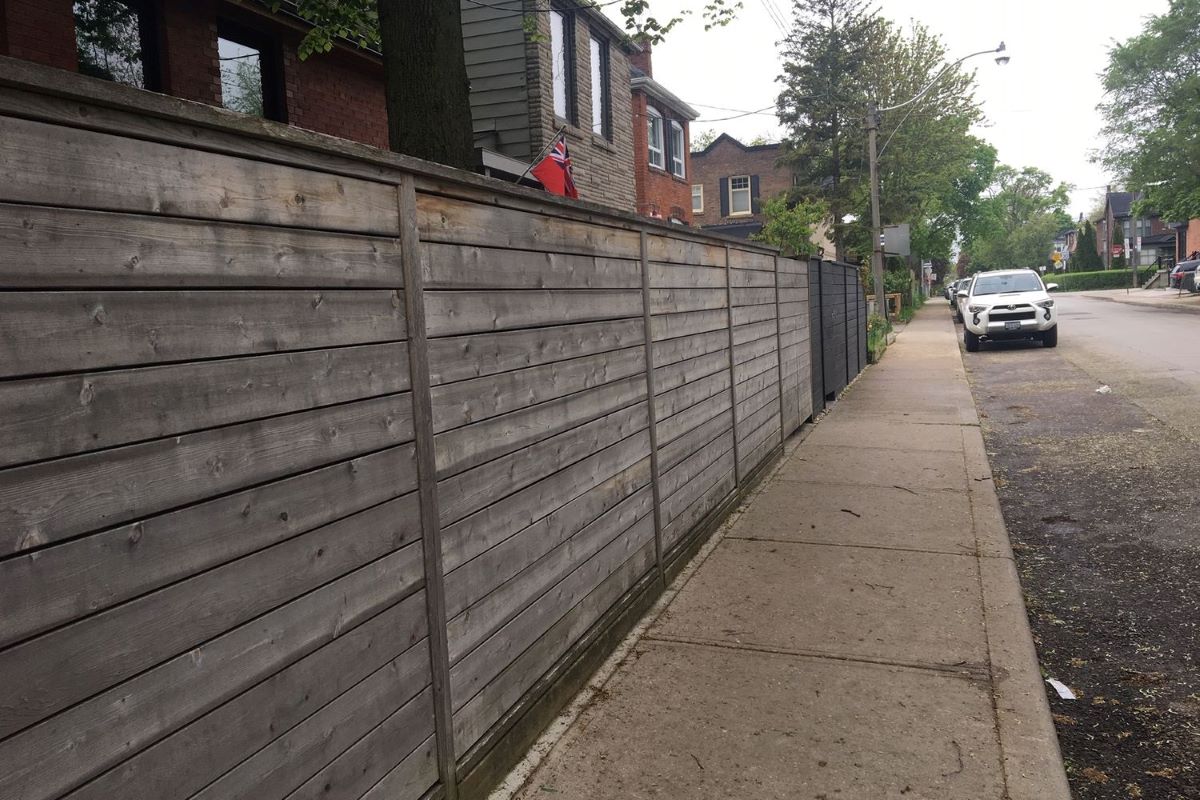
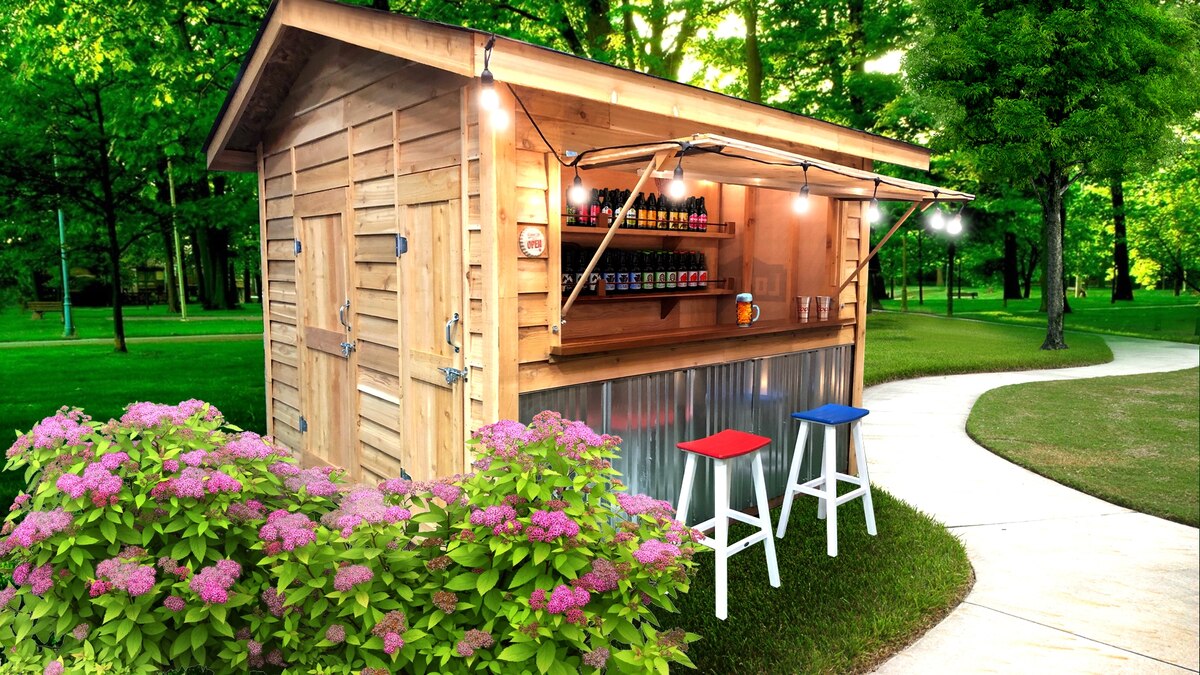
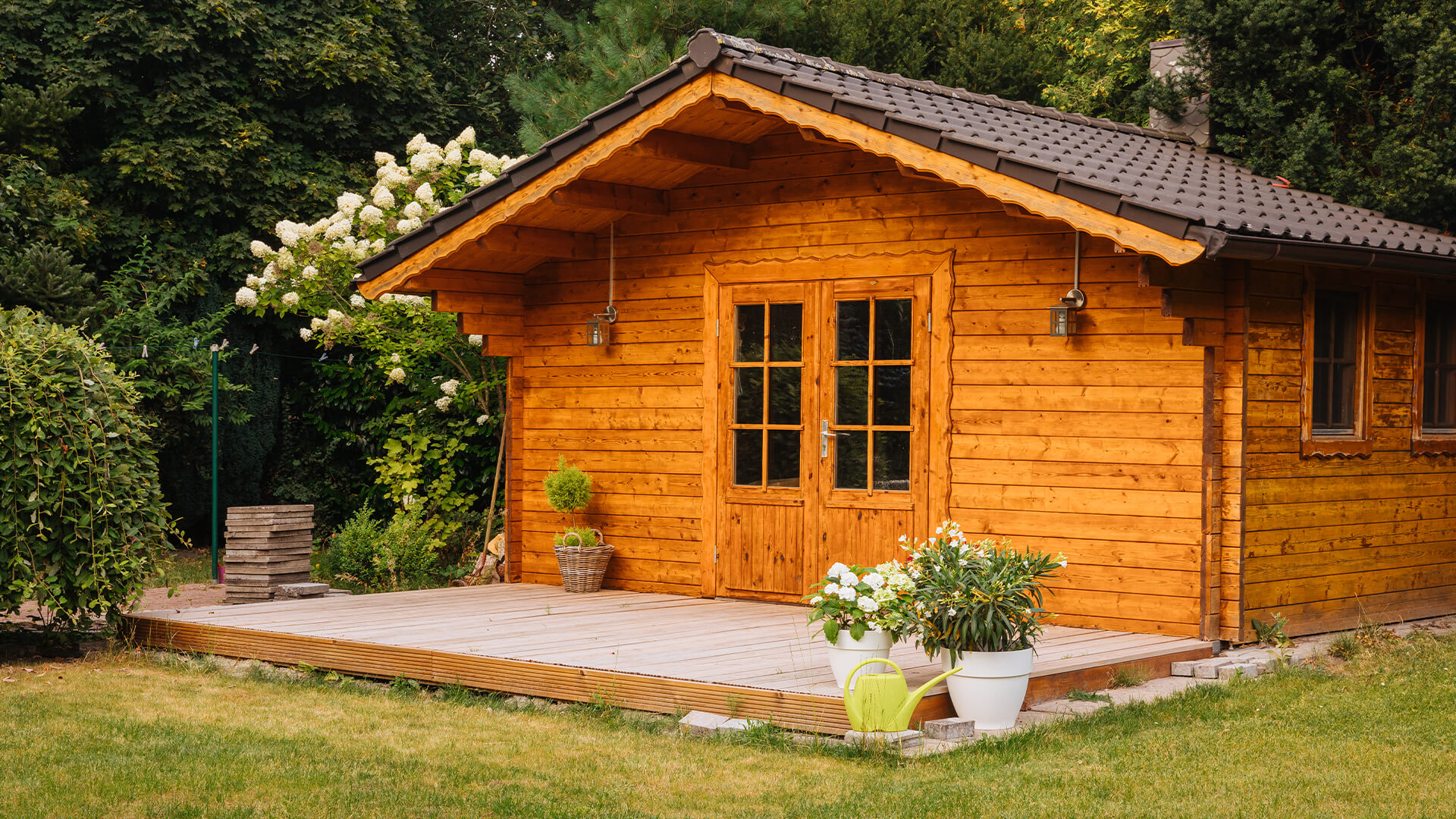

0 thoughts on “How Big Can I Build A Shed”